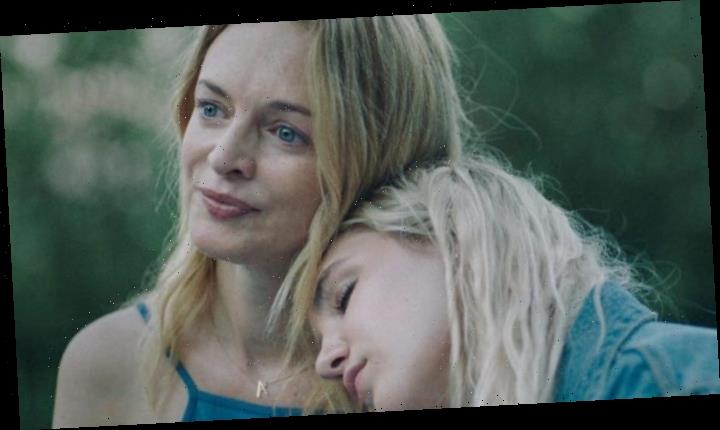Aisling Chin-Yee had been working as a producer on documentaries and shorts for 15 years, telling stories that focused on women and marginalized groups, before taking the filmmaking reins herself.
“That’s where my creative desires needed to be explored,” Chin-Yee said of her ambitions to write and direct more.
Her big break behind the camera in her feature directorial debut came in the form of a script titled “The Rest of Us,” handed to her by Babe Nation producer Katie Nolan, a longtime friend.
“I loved the characters and the script,” she recalled.
“The Rest of Us” follows Cami (Heather Graham), a single mother who takes in the wife Rachel (Jodi Balfour) of her ex-husband Craig after they find out he’s passed away. The story, dealing with grief, tragedy and complex issues, was something that immediately appealed to Chin-Yee.
“Those were all themes that I wanted to pursue in my work,” Chin-Yee said.
Chin-Yee threw her hat in the ring and approached Nolan and the producers about directing the story. She ended up shooting the film in 20 days on location in Ontario, Canada and relied on natural light. While collaborating with production designer Thea Hollatz and cinematographer Daniel Grant, Chin-Yee discussed shooting locations from a 360 point of view.
Popular on Variety
“We wanted to be agile,” she said.
Chin-Yee co-edited the film with Véronique Barbe. Her main objective was to make the film more than just one note, one tone and one emotional experience. She wanted it to be more reflective of life, rather than a depressing experience, especially as she was dealing with family, grief and tragedy.
“There’s always humor,” Chin-Yee pointed out. “If you’re going to go into a scene that has so much tension and it’s emotional or there are tears, you have to end it with a joke.”
In accomplishing that, Chin-Yee takes the audience right into there with the characters, their conversations and we experience what they’re going through from their perspective.
“Every scene always starts with a point of view, and that allows you to switch from one character to the next,” she said.
She does make an exception, she said, for a scene when the camera is behind the car as Talulah (Abigail Pniowsky) throws Craig’s ashes out the window.
“Every other shot during that moment is inside the car and you’re with them, but this time, as she’s tossing the ashes, we wanted to take a step back so you can see what they’re doing,” Chin-Yee explains.
As the characters are finally able to move forward and put the complexities of Craig behind them, Chin-Yee chose to shoot the film’s closing scene with Cami dipping into a swimming pool, using it as a metaphor for where she is in life. It serves as a reconciliation for the women, as Rachel and Cami can move forward with their friendship and relationship, rather than Cami being on her own.
“It was almost this baptismal dip,” Chin-Yee said. “She’s starting this clean slate, escaping from writer’s block, she’s at peace and she has this new family.”
Source: Read Full Article
